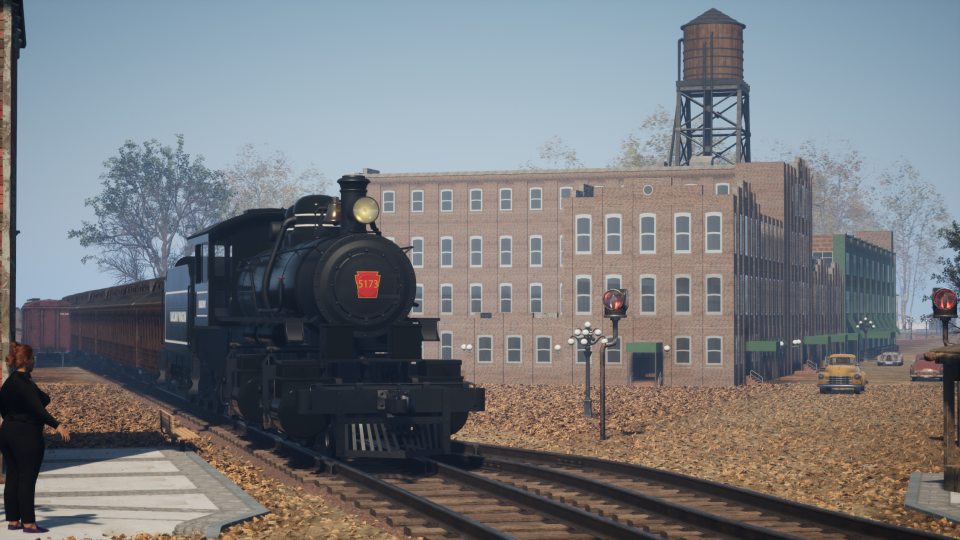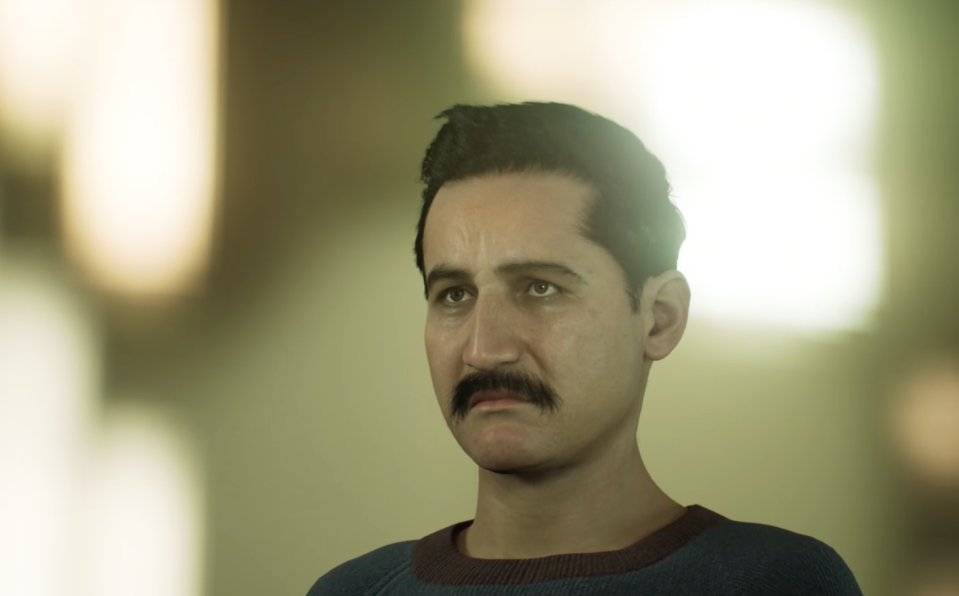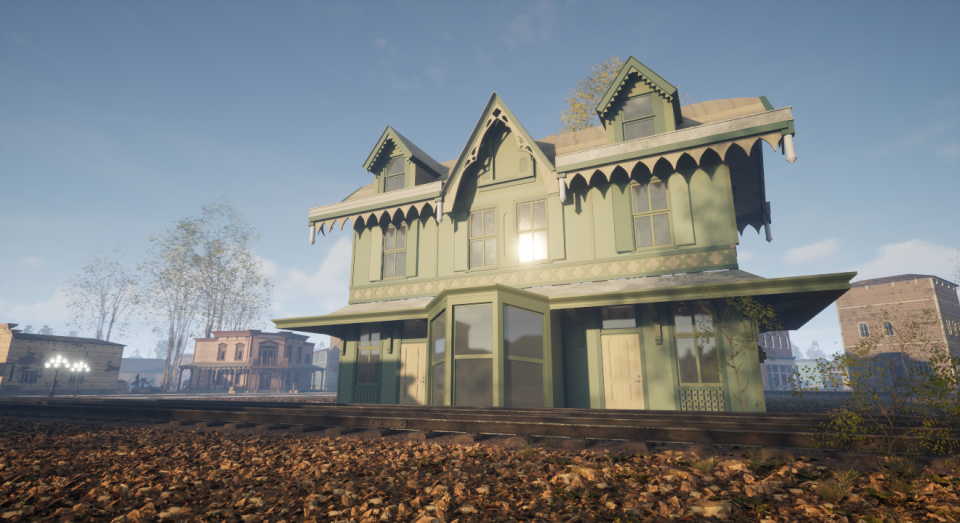Historic Red Bank comes to life as cousins recreate town on computer
RED BANK - For the past two years, Anthony Setaro and his cousin Doug Booton have pored over old newspapers and maps, so that they could recreate what Red Bank and Monmouth County looked like in the early 1900s.
On Oct. 4, they will talk about their project and show off what they've done with their use of immersive media at the Great Hall Auditorium in Monmouth University from 6 to 7:30 p.m. The talk is part of the university’s ArtNOW lecture series and is open to the public.
“The world that we’re building in (the software Unreal Engine) is accurate within three-meter resolution of what it’s like in real life,” Booton said. “That was very very difficult because it’s … it’s like a whole profession. So, I had to crash course myself in that and I hit a lot of roadblocks (on) the way.”
Arriving in 1888 from Sassano, Italy, the Setaro family settled in Red Bank. Their ancestral home, the Setaro House located on Oakland Street is currently an Airbnb.
You can watch a video about the house and family history at the top of this story.
Red Bank:Borough might ban short-term rentals like Airbnb from residential neighborhoods
“It’s just kind of a natural process for us,” Setaro said about his partnership with Booton.
While Booton has a background in computer programing, Setaro came from a theater background. As Booton worked to expand upon his knowledge of coding to fit with Unreal Engine’s visual script and build a world as it existed in the early 1900s, Setaro created characters based on real people who had existed in Red Bank. And that took a lot of digging.
“We always got drips and drabs growing up and knew that some sort of larger story,” Setaro said.
He reached out to the Monmouth County Clerk’s office and searched through the Red Bank Register. He eventually got a copy of the coroner’s report of Thomas Davron or Davern, as reports have also spelled his name. Davron was murdered and his relatives were suspects.

Setaro House:They bought their ancestral Red Bank home and learned a forgotten family secret: Murder
“When I got it and it’s this digitized document from 1891, my mouth just fell to the floor because it’s all of my ancestors' handwritings, signed on it.”
Eventually he was able to determine which families lived in which houses and was able to map out a bootlegging operation during Prohibition.
“What we’re really excited about is telling this story that’s been lost to history,” Booton said. Their 3D visualization project builds upon their podcast about their family history, the wider Italian immigrant community and the historical events that met the community at that time.
“It’s really a deep dive into what they went through and why they had to do the things they did,” Booton said, emphasizing the historical prejudices that kept Italian immigrants from holding mainstream jobs. “Telling that story is really important for us."

Red Bank:School district hiring retired cop for schools despite worries over impact on nonwhite students
Setaro said the software for the project has also been used in the Disney+ TV show "The Mandalorian."
“Myself and my cousin, between two people, we can use this. And it’s what big Hollywood studios are using today for their visual effects,” he said.
Booton said he envisions creating a TV series using the software world and eventually a video game where people can wander the landscape and interact with former residents of Red Bank.
“It’s so rich with stories from this area that it’s kind of infinite,” Setaro said.

Red Bank:Proposed five-story apartment building not a big hit with neighbors
Amanda Stojanov, professor of digital media at Monmouth University and chair of the ArtNOW lecture series, said the cousins had worked with a class of graduate students who were learning how to use immersive media.
“They’re coming from an entrepreneurial perspective and we’re coming from an academic perspective, but we’re both working with new and emerging technologies in an effort to create interesting stories,” Stojanov said.
She said, “We encourage play and experimentation and failure with the technology so that they’re kind of demystified by this idea that we need to be extremely proficient in technology.”
While creating such projects requires a lot of work and often a collaborative group of people, Stojanov said, “It’s super rewarding.”
Olivia Liu is a reporter covering transportation, Red Bank and western Monmouth County. She can be reached at oliu@gannett.com.
This article originally appeared on Asbury Park Press: Historic Red Bank NJ comes to life using Unreal Engine software

